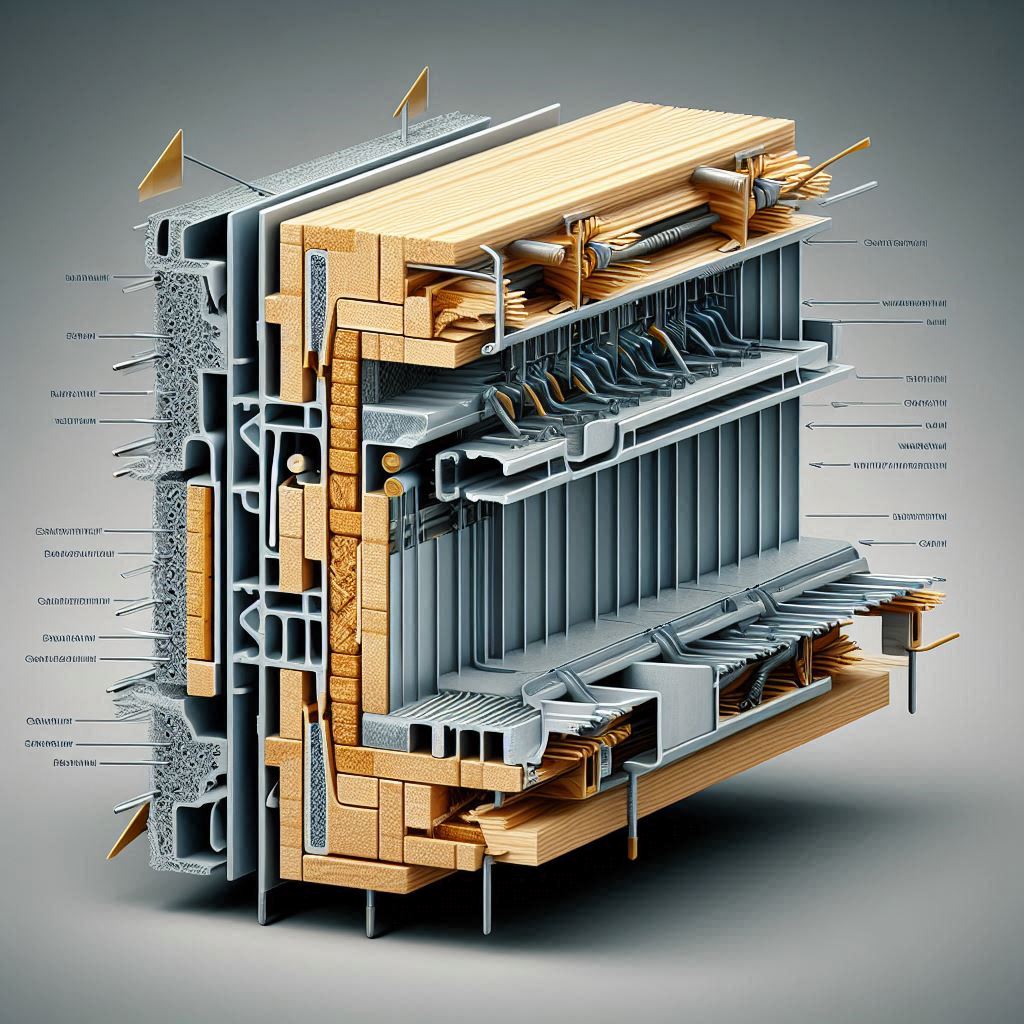Drywall anchors
Elephant Anchors are the ultimate solution for secure drywall mounting. Unlike typical plastic anchors, Elephant Anchors are engineered to support heavy loads—up to 200 lbs—on drywall, metal studs, and more. Their durable construction and easy installation make them perfect for mounting TVs, shelves, and mirrors. Whether you're working with stud or studless walls, Elephant Anchors provide unmatched strength, versatility, and reliability for all your wall-mounting needs. Choose Elephant Anchors for peace of mind and professional-quality installations every time.
